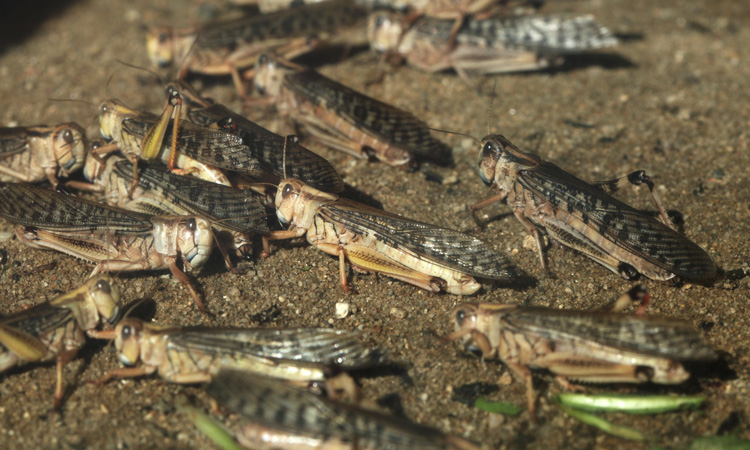Urgent locust campaign needed to protect African food security, says FAO
Posted: 22 January 2020 | Sam Mehmet (New Food) | No comments yet
At this stage and on basis of conservative estimates, the FAO has announced that it seeks $70 million to urgently support both pest control and livelihood protection operations in order to ensure the food security of the East African region.


Desert Locust swarms in Ethiopia, Kenya and Somalia – already unprecedented in their size and destructive potential – could swell exponentially and spill over into more countries in East Africa, affecting their food security, if efforts to deal with the pest are not massively scaled up across the region, the Food and Agricultural Organizaton of the United Nations (FAO) has warned.
“This has become a situation of international dimensions that threatens the food security of the entire sub-region. FAO is activating fast-track mechanisms that will allow us to move swiftly to support governments in mounting a collective campaign to deal with this crisis,” said FAO Director-General, Qu Dongyu.
“Authorities in the region have already jump-started control activities, but in view of the scale and urgency of the threat, additional financial backing from the international donor community is needed so they can access the tools and resources required to get the job done,” Dongyu said. “FAO stands ready to leverage our expertise and facilitate a coordinated regional response.”
Recent weather in East Africa has reportedly created conditions that favour rapid locust reproduction. Left unchecked, the numbers of crop-devouring insects there could grow 500 times by June 2020, according to the FAO.
Such swarms – potentially containing hundreds of millions of individual Desert Locusts – can move 150 kilometres a day, devastating rural livelihoods in their drive to eat and reproduce.
FAO has provided forecasts, early warning and alerts on the timing, scale and location of invasions and breeding. The speed of the pest’s spread and the size of the infestations are said to be so far beyond the norm that they have stretched the capacities of local and national authorities to the limit.
Given the scale of the current swarms, aerial control is the only effective means to reduce the locust numbers, the FAO explained.
“Alongside pest control activities, our response must include efforts to restore people’s livelihoods,” Dongyu said. “Communities in Eastern Africa have already been impacted by extended droughts, which have eroded their capacities to grow food and make a living. We need to help them get back on their feet, once the locusts are gone.”
FAO is also monitoring situations closely in Southwest Asia and the Red Sea area, where Desert Locust swarms are said to be growing.
Related topics
Related organisations
Food and Agricultural Organizaton of the United Nations (FAO)









